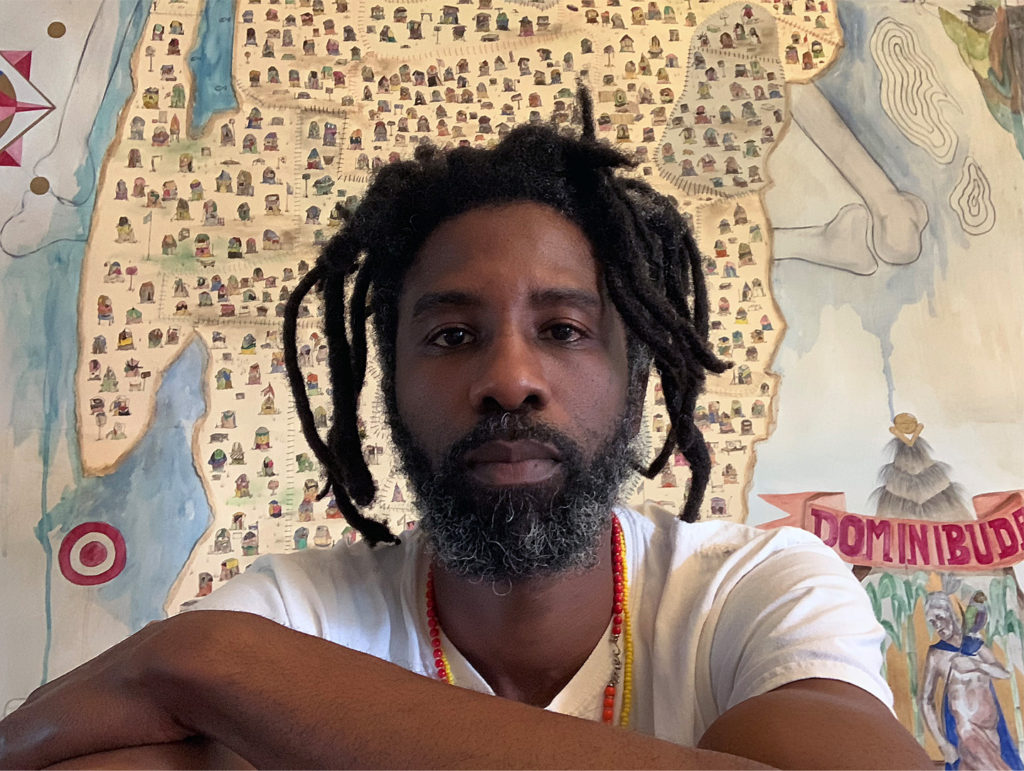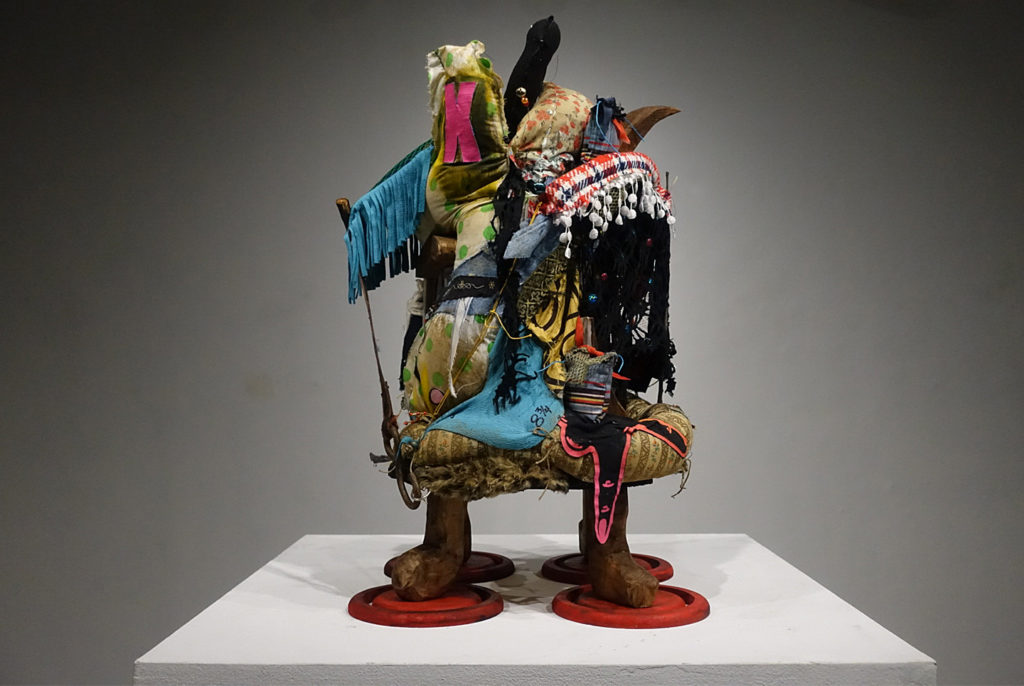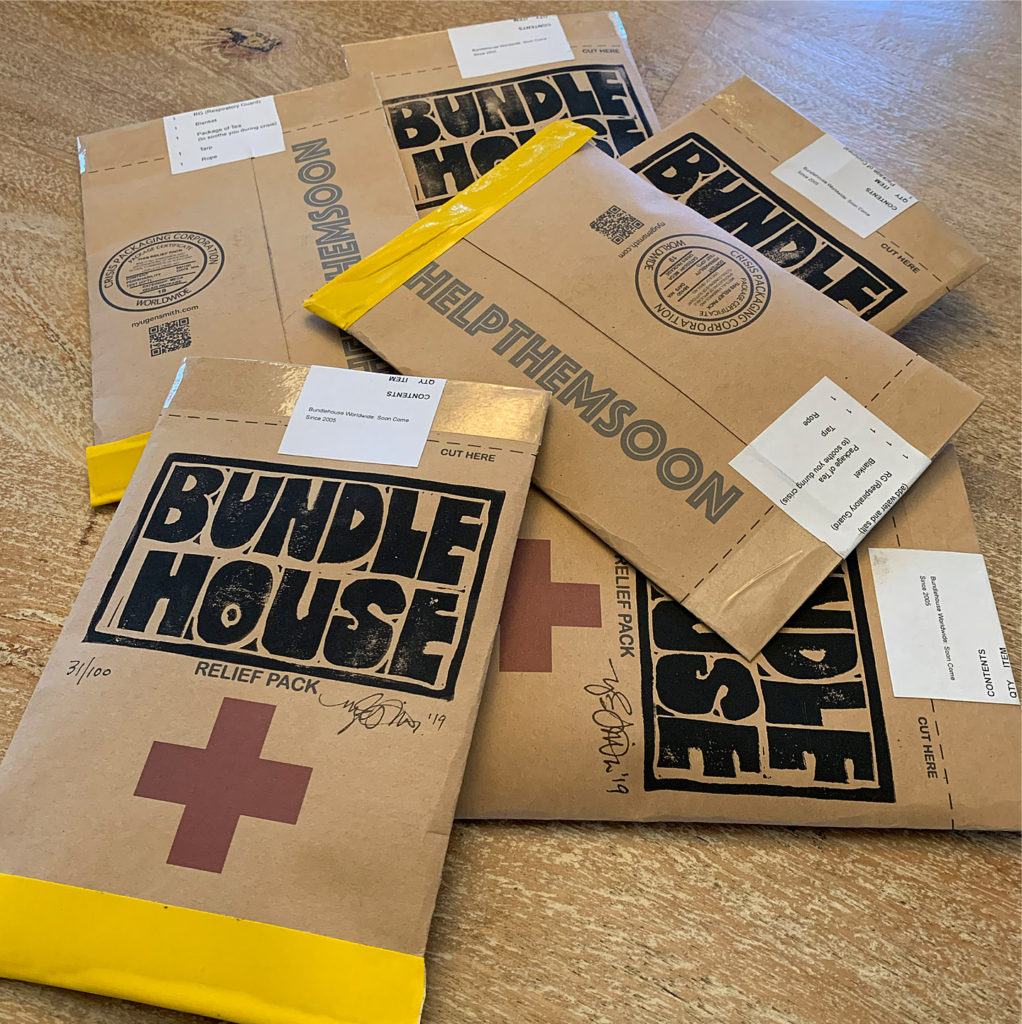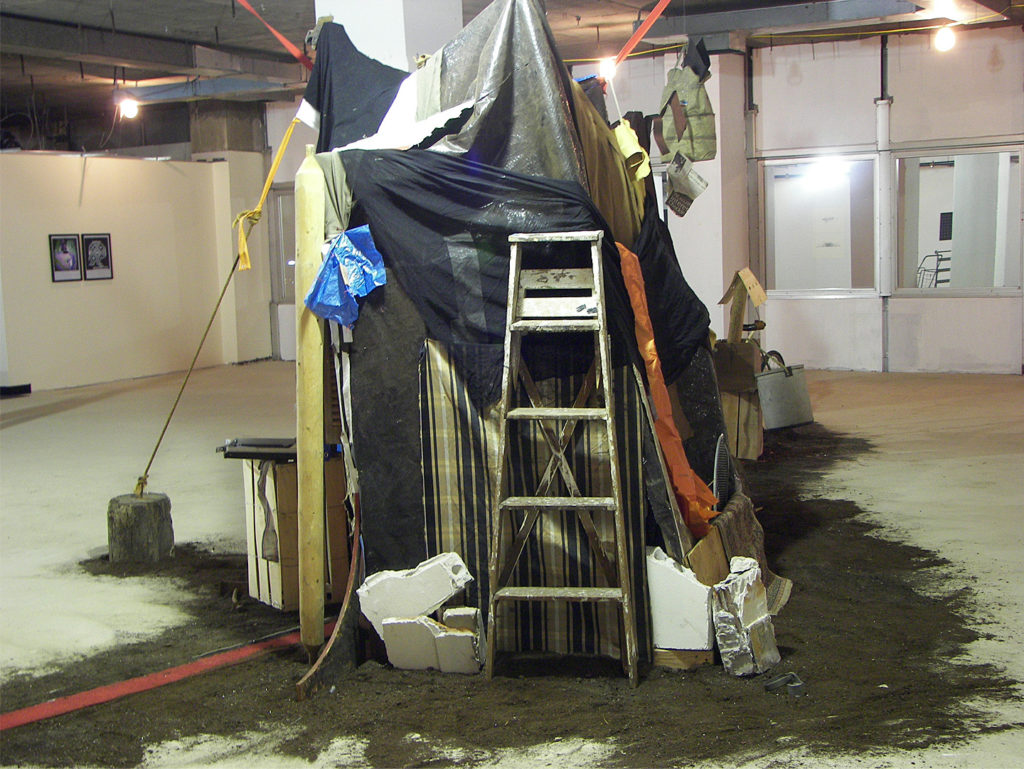A conversation between Marsha Pearce and Nyugen Smith

Marsha Pearce: How are you, Nyugen? How have you been caring for self in this time of social distancing and sheltering in place?
Nyugen Smith: Thank you for asking how I’m doing. The few words that come together to ask the question, activate so many thoughts, feelings and questions inside me. I can only answer for today, and in fact, it would be more honest to answer for this moment. I take a day-by-day approach. This helps me to focus and not be overwhelmed. Each day I try to take time for myself, check up on a friend or family member and spend quality time with my wife, Sherene. Every day, each one of those takes a different form. It was especially difficult for me in the beginning and over time, my disposition continues to evolve. I’ve learned that during this time, I am not the only one for whom the concept of time (time of day, day of the week, remembering scheduled appointments) is/was an enigma. I’ve gone on and off of regular exercise routines, especially after they closed my local park (now reopened). Some days I’m affected by sadness as I think about it all and most days I’m incredibly grateful in the acknowledgment that my family and close friends are safe, are in good health, and that we have safe places to shelter-in-place. Caring for self during this time…hmmm… well, some days I shower, get dressed and put on a fragrance like I’m going out somewhere. At this point my semi-regular exercise usually shakes off the cobwebs from the mind and body. I’ve been cultivating somewhat of a wild garden in the front of our home over the last two years and it has been nice to get back in there to plant more, move things around and admire what’s happening in that space. It’s rewarding to see people, who are passing by, slow down to take a look. Some lingering cosmetic home renovations have kept me busy and gave me something to do with my hands. Then there are the other intentional acts of pleasure that are getting me through this time. Allowing myself to feel what I feel without guilt has been important.
You teach Interdisciplinary Art at SMU Meadows School of the Arts. How has the transition to remote teaching been?
The transition was rough for me. We ended school on March 13th for what was to be the beginning of a week-long spring break. That week was not a break, but a week of receiving emails from the university, the school of art and our department on preparing for online teaching/learning, which would begin the next week. It was a bit of an assault from all corners. There were a few things that kept me engaged – although in a modified way: 1) I am employed. For this I am grateful and acknowledge this blessing; 2) I knew that many of my students and colleagues were also doing what they can with all that continues to evolve with each passing moment; 3) The process forced me to put the needs of others before my own, a few times a week.


You have an ongoing series of work titled Bundlehouse. One iteration of it includes a relief pack, mask and other elements – all of which resonate in this moment. The series, as a whole, is very relevant to the current context. Tell me about this work; its genesis and ideas.
I began Bundlehouse/Bundle House in 2005 when I saw the opportunity to use my art practice to engage in the conversation and raise awareness about the (on-going) conflicts and crises happening in central Africa, related to natural resources and intrinsically connected to slavery and colonialism. It began with drawings of imagined homes created from found and reclaimed materials and objects. This evolved to include what I call Free Standing (FS) Bundlehouse sculptures and installations. These structures are created from materials and objects from my studio and through the process of searching outdoors, near the site, for additional materials and objects to build that particular structure. I then began to think about Bundlehouse as a concept through which I could address global crises such as war, displacement, refugees, pandemics, genocide, famine, natural and man-made disasters, and pollution.
The first edition of Bundle House Relief Packs was created in 2006, when I was asked to contribute to a set of 100 gift bags for supporters of a local Jersey City magazine, at its launch. While thinking about the idea of a giveaway, the visual that came to mind was that of a dissemination of critical supplies for a population in need and the Relief Packs were made. I created the third edition in October of 2019 for MECA art fair in Puerto Rico. Who knew they would be so timely?
I feel like this pandemic has opened a space for deep reflection on the way we do things; the way we direct our thinking. And we are seeing shifts in daily processes. Do you find yourself in deep thought about your practice now? Are you reassessing your work? What is art’s purpose at a time like this? Perhaps art doesn’t need to have a purpose? Can art exist in autonomy – free of social concerns?
I could not get back in the studio for what seemed like a long time, and with art-related commitments already on the calendar, I was beginning to get nervous about and sometimes disinterested in previous proposals and ideas. I constantly asked myself: “Is this important, useful, needed at this moment?” I still don’t have the answer to this question. Perhaps it’s for others to derive from the work what is important, useful and needed in our now and going forward. I just know that for me, it cannot be the same as before. I used to think that art can exist autonomously – free of social concerns. I no longer feel this way. I had a great debate with my friend and brilliant artist Dean Arlen some time ago and that conversation changed my position on the topic. Our now has further supported this notion for me.
I was scheduled to be in Portland Maine for my residency at Indigo Arts Alliance (IAA) from May 15 – June 15, 2020. I was so excited about it and so was IAA. After giving it much thought, and being turned off by so much of what I was experiencing on social media at that time, I thought that it was necessary to rethink the residency in a way that was true to myself and my work, and aligned with the mission of IAA. This led to the idea of a series of three online conversations between artists, scholars, and others who are specialists in their fields. The title of the project is The Wave. This series of conversations is a dialogue on current and future impact of the pandemic on Black and Brown communities locally and globally, and prioritises the need for generative conversations, together with concrete actions, that are in service of and benefit to our communities.

You recently posed the following question on social media:
“Artists/Creatives have long lamented requests for our work for free, for exposure, for entertainment purposes. Now that many platforms, institutions and artists/creatives are putting it out there for free, what will we expect going forward?”
Nyugen, you seem to be asking about value and the perception of labour in the creative sphere. How do you see this pandemic situation affecting the future of the arts?
I asked this question after seeing social media posts that stated something to the effect of: “All of you who are enjoying all of the FREE recitals, performances, virtual-exhibitions, and other creative content, remember what got you through the pandemic when this is over.” This is a complicated conversation that I could spend a lot of time responding to. However, I’ll keep my thoughts as brief as I can, while laying out the framework with which I’m thinking about this.
I was thinking a lot about the relationship between unprecedented levels of accessibility to the arts during this pandemic and how this generous dissemination of content will affect the future of both in-person and online content. Many of us lament the fact that people frequently ask(ed) for comps because ticket prices are “too high.” Many ask(ed) for discounts on our work, told us our artist fees are too high or wrote to us stating that they are a “non-profit” and can’t afford to pay what we are asking. Even conversations between individuals came with the price of a ticket. Then came Covid-19, which brought about stay-at-home orders and all of this generous sharing of archives, collections, content – virtual experiences have become available for free. I would dare to say that these offerings were/are consumed by many who question the value of artistic production and are glad to have access now without having to pay a cent. Do I think that these same people will later say, “hey, I really enjoyed all of the free art and productions online during the pandemic, I now think it’s worthwhile to pay for it?” My answer is, HELL NO.
I know that the online experience does not replace that of an in-person experience, but I will go out on a limb here and say that if there isn’t a radical shift away from previous models of engagement in the arts (including art fairs, commission structures between artists and their market representation, sources of institutional funding), there will be disappointment if the belief is that people are hungry for in-person art experiences and will “invest” in the experiences/objects on a level where it is profitable, sustainable, and encouraging for artists. I know that “nothing” will be “as it was.” I overstand this. In the context of this conversation, to make this statement (“nothing” will be “as it was”) one also has to be intellectually honest about where we currently are as a global community, about capitalism, about class, about service, about philanthropy, about race, about hunger, about our capacity for “moving on” while the stench of sickness and death is still in the air. I think that in a relatively short period of time, the pandemic has transformed us in ways that were previously unimaginable. How can we possibly think that free content now will benefit the arts when (some) venues re-open?
How did institutions that provided platforms and opportunities exist? How did community centers exist? How were grants in the arts made possible? How did the artist-run spaces exist? How did scholarships in the arts exist? The common dominator is money. Whether it was wealthy benefactors, or a combination of ticket sales, merch and concessions, or the owner of a popular venue having another full-time job that kept the doors of some spaces open; the future of all of this is shaky. I know that many artists will continue to create no matter the circumstance. I also know that some artists will not be able to create because of their new circumstance(s).
Another related thought is that social media has done so much for the rise of the artist. There are those who leveraged these platforms to the extent that they earn a living from their work without sharing profits with, let’s say, a gallery or dealer. We have empowered ourselves collectively through the sharing of information and ideas. We have used social media to disseminate our work and ideas. These platforms have been leveraged to create illusions of the “always busy, always on the move, always in the right company” art stars/art professionals, which played a vital role in the desirability and perceived value of their work and or service. Without the access to mobility, made possible through financial investments in such persons, how does the illusion persist? The public announcements of grants, fellowships and amazing opportunities earned by artists have also played a role in the desirability and perceived value of their work and or service, leading to more collectors, exhibitions, performance opportunities at prestigious venues, commissions, etc. I include myself here. What happens when there are few awards to be announced and all of the travel is not possible because the money is not there anymore and not viewed as sexy because of perceived health risk? How will determinations of who is hot and worthwhile be made without the physical presence of their work in the public? When I say, “in the public,” I’m referring to the venues that “create” the stars; we know that certain spaces get a lot of press and attention, and others that do important work, do not get the same level of attention – “when a tree falls and there is no one around to hear it, does it make a sound?”
NOTE: Join Nyugen Smith on June 17, 7-8pm ET, for the third conversation in The Wave online series. The event will focus on Spiritual Sustenance.
Stay connected with Nyugen Smith:
Instagram: @bundlehouse
Website: www.nyugensmith.com

Comments are closed, but trackbacks and pingbacks are open.